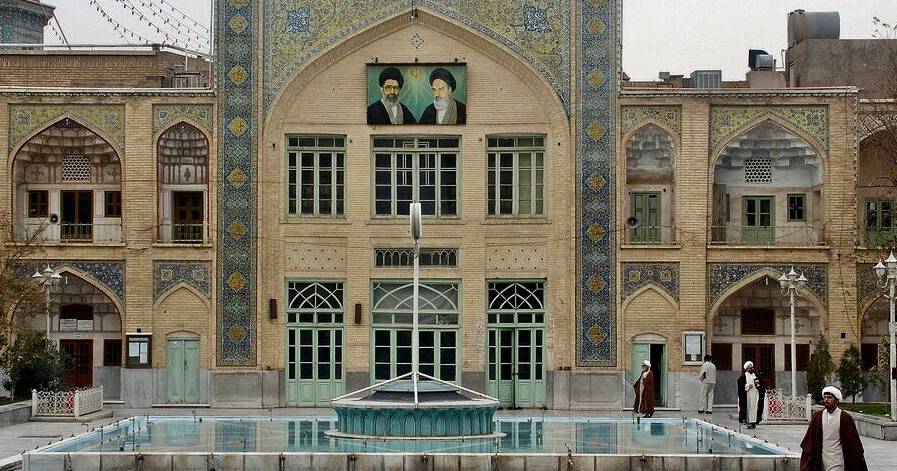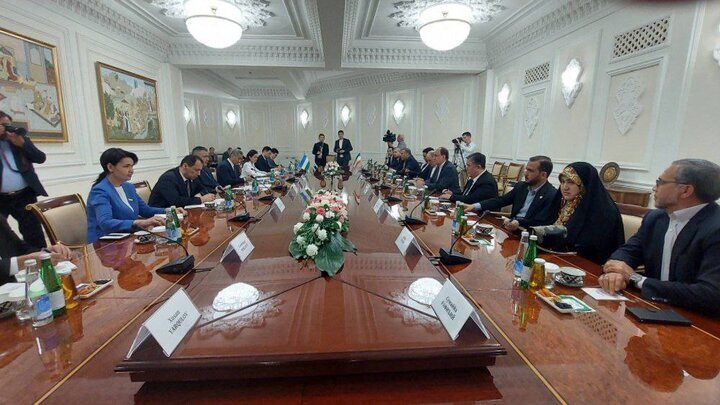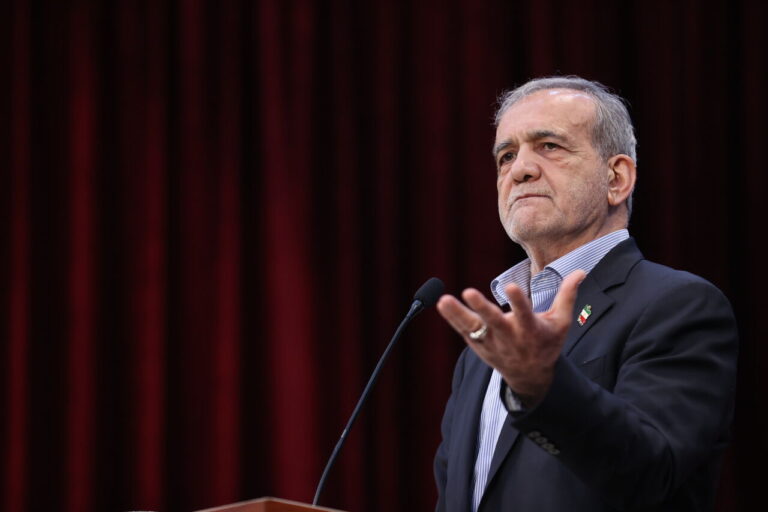Exploring Qom Seminary: Iran’s Influential Hub of Politics and Spirituality
Located in the heart of Iran’s second holiest city, the century-old Qom Seminary stands as the most influential Shi’ite clerical institution in the nation and arguably across the globe. As the epicenter of academic and spiritual development for Shi’ism, the Qom Seminary significantly influences Iran’s religious elite and, consequently, much of the country’s theocratic structure. However, behind its religious image lies a complex, opaque network of political influence, financial entanglements, and state control.
The seminary is composed of nearly 60 schools, each operated either by high-ranking Shi’ite clerics, known as sources of emulation, or by institutions affiliated with the state. Tens of thousands of students are enrolled in the various schools of the Qom Seminary, including numerous foreign nationals from across the Shi’ite world—such as Lebanon, Iraq, Afghanistan, Nigeria, and even China—who are attracted by Qom’s global religious significance. A considerable number of Iran’s most influential officials and politicians, who boast strong religious credentials, originate from the Qom Seminary.
Roots in Tradition and Power
Besides Qom, there are hundreds of Shi’ite seminary schools in cities like Tehran, Mashhad, and Isfahan. All of these institutions function within a framework increasingly influenced by the state. Central to this framework is the Supreme Council of Seminaries, an official body responsible for overseeing curricula, setting educational standards, and managing the administration of seminaries.
The power of the Council is strengthened by the fact that its members are appointed by both Iran’s Supreme Leader, Ali Khamenei, and senior clerics who align with his religious and political interests.
Sacred Duties and Government Funding
For centuries, seminaries operated independently, relying primarily on religious dues known as khoms and charity payments called zakat that believers pay to their chosen sources of emulation. These funds allowed sources of emulation to manage their schools, provide stipends, and offer accommodation for their students. This structure fostered a decentralized clerical tradition, enabling independent scholars to thrive without state interference.
However, since the 1979 Islamic Revolution, the state has consolidated its control over the administration of seminaries, intertwining them with the broader framework of governance and state-sponsored religion. The government funding of seminaries is extensive yet fragmented, with the state allocating funds to various entities, including:
- The Administrative Center of Seminaries
- The Islamic Propaganda Organization
- Various organizations dedicated to supporting students and faculty members
As a result, seminary students now routinely receive state-funded stipends, health insurance, and other welfare benefits.
Khamenei’s Grip on Seminaries
Supreme Leader Ali Khamenei’s office provides additional financial support to selected seminary entities throughout the country. The specifics of these contributions—including amounts and recipients—are rarely disclosed, contributing to an overall lack of financial transparency among seminaries.
His influence over Qom and other seminaries extends beyond funding and appointments. Khamenei’s office employs intelligence surveillance, ideological monitoring, and strategic institutional control to maintain dominance within the clerical sphere.
Training the Clerical Elite
To become a fully qualified Shi’ite jurist or mujtahid—someone capable of independently interpreting Islamic law (ijtihad)—one typically requires at least two decades of rigorous study in various fields, including:
- Jurisprudence (fiqh)
- Philosophy
- Logic
- The Arabic language
To be formally recognized as a jurist, candidates need the endorsement of a prominent clerical authority, often a source of emulation or another senior jurist. Once recognized, a jurist can issue legal opinions or fatwas and may, in some cases, be acknowledged by peers and followers as a source of emulation. Shi’ite laypeople are expected to adhere to the religious rulings of a living source of emulation, making these clerics influential figures in both the religious and political spheres of Shiite-majority societies, particularly in Iran.
Women in Seminaries
While the leadership of seminaries remains exclusively male, there are currently over 3,000 female seminarians studying in a dozen gender-segregated schools within the Qom Seminary. Their education primarily focuses on training women to teach religious principles, especially those relating to women’s issues, family life, and Islamic ethics. In rare instances, women have been permitted to attend advanced-level lectures typically set aside for male students. However, only a few have ever attained the title of jurist.
In summary, the Qom Seminary is not merely an educational institution; it is a pivotal player in shaping the religious and political landscape of Iran. Its intricate ties to the state and the Supreme Leader underline the complex relationship between religion and governance in the country.






